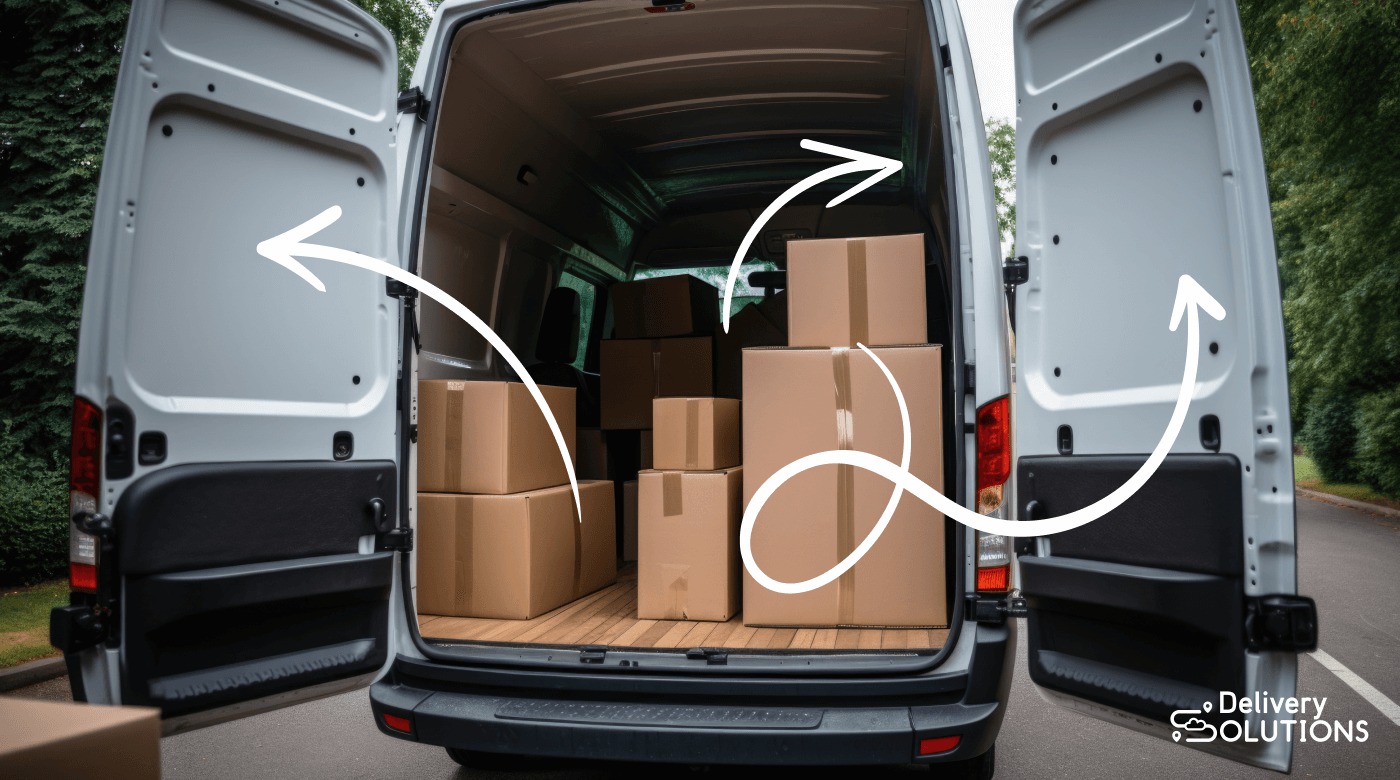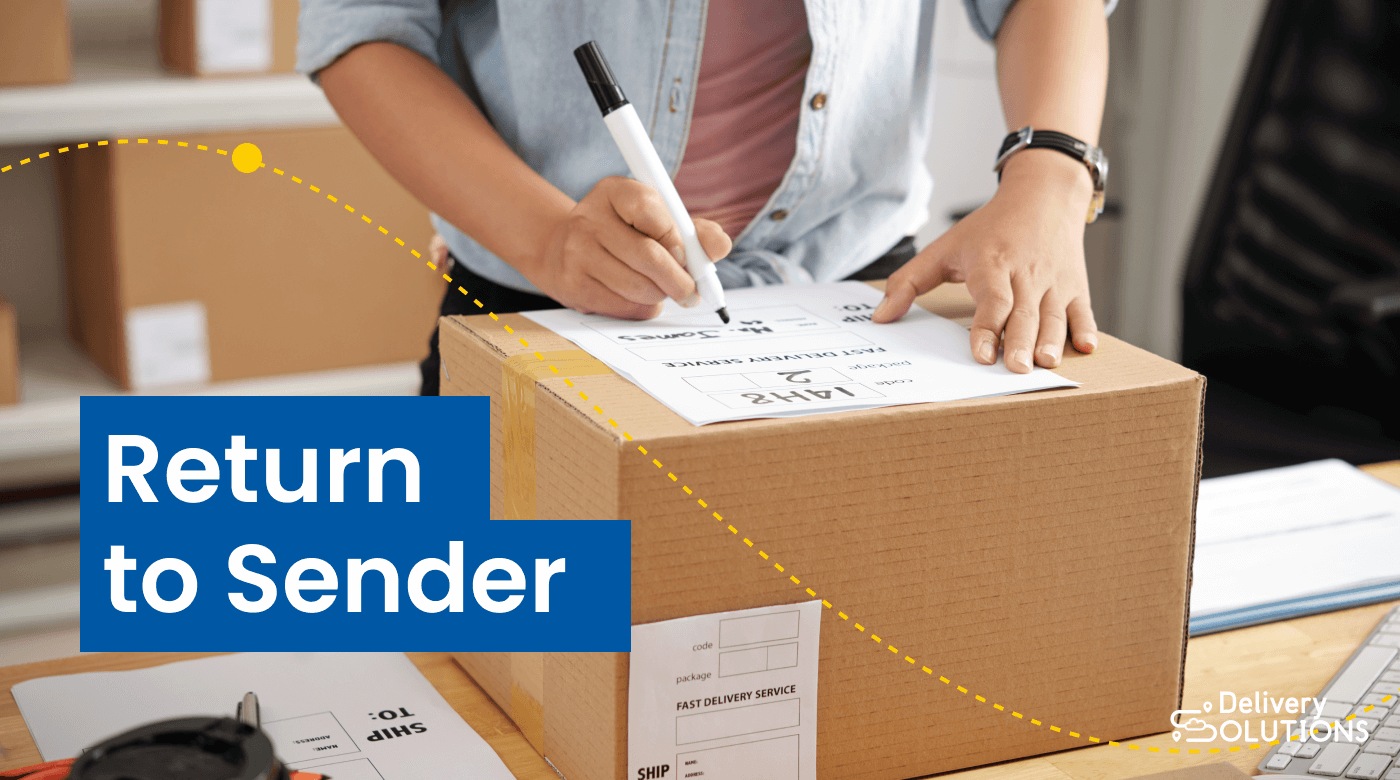The returns process has long been a thorn in the side of retailers. After all, processing a reversed sale is antithetical to business success. Plus, it’s time-consuming and exceedingly costly. However, the rise of e-commerce has turned the problem from the simple cost of doing business to a full-blown logistical and financial nightmare.
Today, the return of an online purchase comes at the cost of the lost sale. It includes the price of the digital and disbursed physical infrastructure necessary to manage the process remotely. Luckily, these issues are just symptomatic of the e-commerce market’s growing pains, meaning they can be solved by streamlining returns and customer experience with eligibility configuration.
What is eligibility configuration, and why does it matter?
In 2022, an estimated 16.5% of the 1.3 trillion dollars in US retail purchases were returned, resulting in 817 billion dollars in lost sales. Certain sectors were hit particularly hard by rampant returns. For example, online shoppers returned clothing purchases at a rate of 26%, which means around one in every four sales in that sector were returned.
The returns process significantly impacts profit margins in the e-commerce market. Yet operational resources and energy are frequently directed away from the returns process to improve acquisition and smooth out the initial delivery process.
This oversight can drag down profit margins with excessive costs, and it also presents a competitive opportunity for companies that are prepared to fix the hidden gaps in their returns process.
Retailers that optimize their returns process can reduce labor hours and eliminate wasteful spending on inefficient procedures. Not to mention the extensive savings e-commerce shops can save on shipping costs by centering the concept of product eligibility in their updated returns policies.
Product eligibility refers to a set of digitally configurable rules regarding which items qualify for a return, how they can be returned, and whether a return will carry any fees or potential shipping costs. These rules are based on factors like the cost, size, or product type being returned. With these rules in place, a retailer's digital system can automatically process a return as cost-effectively and efficiently as possible.
Product eligibility configuration also helps ease the customer experience and, as a result, fosters greater brand loyalty. Clear directions and policies lead to prompt refunds or exchanges. This quicker problem resolution demonstrates a commitment to customer-centric policies that encourage trust in a storefront. If the returns process is smooth, customers are more likely to give a brand a second chance.

How to use eligibility configuration to streamline returns channels
A study conducted in the US found that 78% of online shoppers are less likely to make another purchase from a store after they’ve had a bad return experience. The same study also found that 84% of shoppers reported that a retailer’s return policy was important to them when shopping online. And, with 55% of online shoppers indicating they’ve made purchases knowing they were likely to return at least some of the items, companies with a poor refund process may lose a large segment of their consumer base.
Customer loyalty may hinge on the convenience and ease of the returns process, making it essential to focus on areas of improvement.
Take, for instance, Amazon, which is an undisputed trailblazer when it comes to optimizing returns logistics. The e-commerce giant spent almost $152 billion in 2021 on logistics optimization, with a portion of that budget allocated to restructuring their returns process.
Product eligibility is factored into Amazon’s optimized returns process. Certain qualified products and overstock in the Fulfillment By Amazon (FBA) Donations Program can be donated to charities to save sellers the cost of shipping and handling. They’ve partnered with organizations coordinating direct Amazon facility pickups with local charities.
This Amazon returns program provides a favorable tax break through donations and financially streamlines the process by funneling unwanted returns, perhaps those with a negligible ROI, through a budget-friendly channel.
However, eligibility configuration isn’t just a cost-saving measure; it’s also a vehicle to improve customer transparency. Essentially, when the process is logistically smooth, customers have an easier time figuring out their potential return options.
That said, optimization to this scale requires advanced digital logistics. Luckily, new software like DeliverySolutions makes configuring eligibility criteria simple, automating processing and optimizing the returns workflow. Plus, this software doesn’t require a total system overhaul to streamline logistics comprehensively. It’s designed to integrate with pre-existing infrastructure quickly.
With an advanced software solution, e-commerce stores are empowered to improve their returns process. However, that still leaves one question: how is effective eligibility configuration conducted?
Let’s go through three key configuration strategies a retailer can implement with an integration like DeliverySolutions.
Determine product eligibility through categorization
Return eligibility should be based on product type, weight, size, item value, or overall order value. This way, a configured system can determine critical factors, such as when the cost of transporting a heavy item is higher than its value. In this case, depending on the product’s value, the customer may be offered an automatic refund or to bring the item to a physical location to be processed.
Essentially, configured software will automatically calculate the most efficient return method based on the unique attributes of each return. This is the fundamental process of product eligibility configuration. However, retailers may consider further process customization options.

For example, consolidated returns allow customers to return multiple items from a single order in a shipment, while single product returns are where customers return only one item from their order rather than the entire order.
Enabling both options dramatically increases the ease and convenience of returning items for customers. As a result, customers aren’t worried about losing out when they place an order, which can release some of the tension in the sales funnel and reduce abandoned cart rates.
Plus, allowing consolidated returns has the added benefit of encouraging customers to increase their order size. This is because a focused operations experience management strategy for reducing the friction in returns logistics makes the purchase process easier and, thus, more accessible. Removing potential blocks that could cause abandoned carts will result in more sales.
Rules-based eligibility configuration can also help companies avoid unauthorized returns by filtering for specific characteristics of the returned item, such as its category, condition, and value when determining whether it can be returned.
All this can be done by integrating software like DeliverySolutions, which automatically allows companies to categorize and configure products to streamline the returns process.
Configure return method eligibility by product type
Once product eligibility has been configured, determining the logistical return methods offered is the next step. This step aims to determine what the practical return options are. This way, when a return is initiated, the system can cross-reference the product category with the return method eligibility to determine which of the following potential options is best:
- In-store returns are an excellent option when a physical location is near the customer. Plus, this option comes at a relatively low cost to the retailer.
- Access point drop-off returns such as a UPS location can reduce the cost of shipping while providing customers without a nearby physical store a convenient return option.
- Pick-up services directly from a customer’s home are a more costly yet incredibly convenient option.
- Mail-in returns allow customers to leverage a public service they’re already familiar with, which can help remove psychological friction from the returns process in the buyer’s mind.
- Instant refunds can be used for relatively low-cost items or returns that would cost more in logistics than they are worth. This method instantly builds trust with a customer.
Cut returns costs by prioritizing reverse logistics
Reverse logistics encompasses the practical elements of sending goods back to a designated location for returns. It prioritizes activities like return authorization, transportation, sorting, refurbishing, recycling, or disposing of returned products. Essentially, it’s the reversed flow of products back to the distributor.
Transporting items is the costliest aspect of returns logistics. Shipping expenses include the transit costs, packaging materials, and labor associated with handling returns. So, retailers must find a way to reduce these costs to streamline their processes.

Luckily, shipping becomes more efficient with DeliverySolution's ability to automatically compare and select the most cost-effective carrier. Companies further maximize cost savings by shopping around for the best shipping rates. As a result, they can significantly reduce the cost of their remote returns operations.
Orchestrate a smoother returns process with an omnichannel experience platform
Prioritizing eligibility in returns management is pivotal for optimizing the e-commerce ecosystem. Accurate categorization of products streamlines the return process, reducing costs and enhancing customer satisfaction. However, e-commerce companies often need help improving returns processing due to inefficient internal solutions.
Building bespoke systems can be time-consuming, expensive, and ultimately ineffective in addressing the complex challenges of returns logistics. However, it's possible to overcome these hurdles by finding an experienced partner like DeliverySolutions.
With their specialized digital infrastructure and logistics expertise, they offer comprehensive solutions that integrate with established infrastructure, ensuring a seamless returns experience for both customers and retailers.
Learn more about DeliverySolution’s streamlined approach to returns logistics by booking a demo today.
Ryan Caldarone
Ryan is a Sr. Digital Marketing Manager with over ten years of experience in B2B eCommerce, specializing in brand storytelling and content. Having contributed to hundreds of creative projects for SMBs and startups across the tech, energy, and fine arts sectors, Ryan brings diverse perspectives.
Topics from this blog: Shipping Retail Management Logistics
